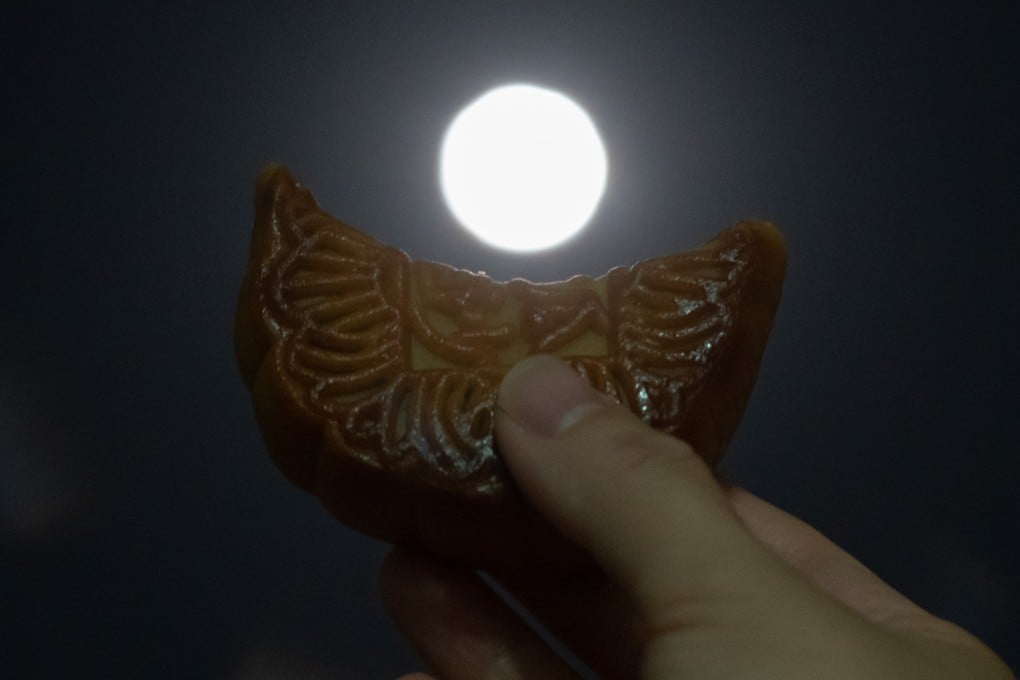
The Fascinating History of Mooncakes! 🥮
Share
With Mid-Autumn Festival upon us, the season of mooncakes has finally arrived. This delicious treat has been traditionally eaten and gifted between friends and family during the Mid-Autumn Festival. This important Chinese festival is about lunar appreciation and moon watching, with mooncakes marking an important aspect of the celebrations. But did you know, mooncakes date back thousands of years and have a history as rich as its taste? From being a token of celebration to a tool for political uprising, there is much more to this delicacy than meets the eye.
I. Mooncakes origin dates back more than 3,000 years!

According to historical records, there are traces of a version of mooncakes called ‘Taishi cakes’ more than 3000 years ago in the Shang and Zhou dynasties (17th Century BC - 256 BC). These cakes were thin at the edges and thicker in the middle. From Taishi cakes came the development of ‘Hu cakes’- a version made with sesame seeds and walnuts traded from western parts of China.
II. Mooncakes have always marked a celebration.

Finally, the concept of ‘mooncake’ itself was introduced during the Tang Dynasty (618-907 AD). This came to be when General Lijing, commanded by Emperor Li Shimin of the Tang Dynasty, led his troops to victory against the Turks on the 15th day of the 8th lunar month. As a token of appreciation, a Tibetan trader offered Li Shimin some round cakes which he subsequently introduced to all his subjects. They quickly gained popularity and were named ‘mooncakes’, eaten on the 15th day of the 8th lunar month.
III. Mooncakes were used to overthrow the government.

You read that right! The infamous ‘Mooncake Uprising’ took place in the late Yuan Dynasty (1271 - 1368 AD) where people utilised mooncakes to come together and organise an uprising against the brutal rulers. Zhu Yuanzhang, the founder of Ming, an opposing group, united various resistance forces to prepare for the uprising. But it was hard to deliver messages to these forces in secret. To solve this problem, on Liu Bowen’s, Zhu Yuanzhang’s subject, suggestion, they started stuffing notes as fillings into mooncakes and distributing them among the Ming forces. Most notably, they wrote: “Kill the Mongols on the 15th day of the 8th Lunar month”. Their plan eventually succeeded and the Mongols were overthrown. Zhu Yuanzhang presented mooncakes to the ministers as gifts.
IV. Why is it event called "Moon" cake!!
The origin of the Mid-Autumn Festival can be traced back to China’s agrarian roots and the significance of the harvest season. In ancient times, Chinese society revolved around agriculture, and the lunar calendar played a crucial role in determining the best times for planting and harvesting crops. The full moon in autumn symbolized the successful completion of the harvest, making it an ideal time to give thanks to the gods and nature.

During the Zhou Dynasty (1046–256 BCE), moon worship was formalized as part of autumn harvest rituals. People would offer food and sacrifices to the moon, praying for a fruitful harvest and prosperity in the coming year. This practice laid the foundation for the modern-day Mid-Autumn Festival. In addition to that, One of the most famous legends associated with the Mid-Autumn Festival is the story of Chang’e, the Moon Goddess. According to the tale, Chang’e was the wife of Hou Yi, a skilled archer who saved the world by shooting down nine of the ten suns that were scorching the Earth. As a reward, Hou Yi was given an elixir of immortality. To prevent a villain from stealing it, Chang’e consumed the elixir and ascended to the moon, where she resides to this day.
Hou Yi honored her by offering sacrifices to the moon. This romantic legend has become deeply entwined with the festival, and people pay homage to Chang’e during their celebrations.
Now that you know a bit more about the fascinating history of mooncakes, we’re sure you’ll appreciate these delicacies a bit more this Mid-Autumn Festival!
Besides mooncakes, there is a whole host of teas, candles and other products that are exchanged during the mid autumn festival. You can always look for some items either online or in our store in Funan mall.
We wish you and your loved ones a happy Mid-Autumn Festival! We will come back with more interesting facts, plant based mooncakes in Singapore as well as some weird fillings in mooncakes across the world. Stay tuned!
